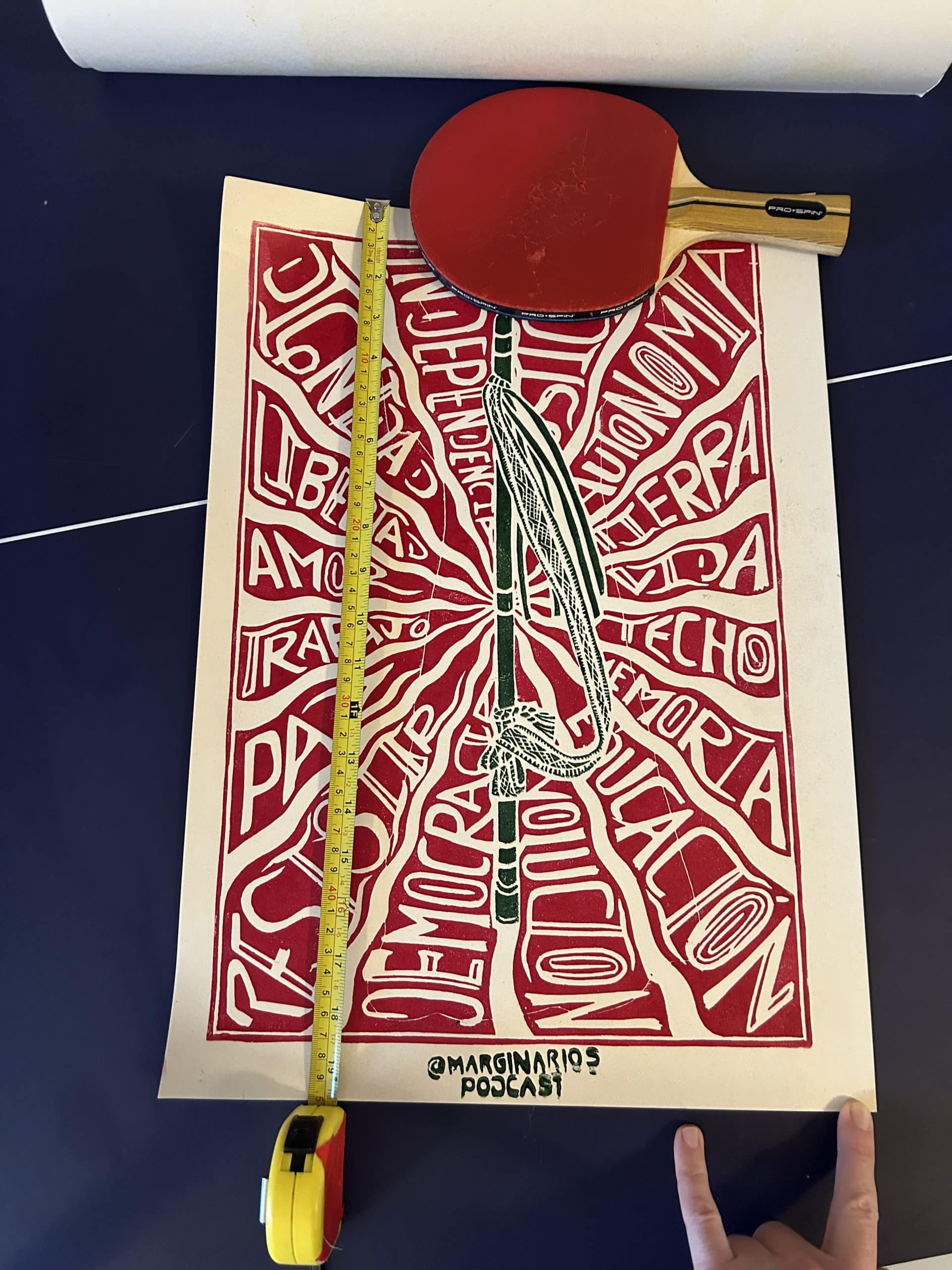If you ask the question “what is the world’s most famous painting?”, nine times out of ten you will get “the Mona Lisa” as your reply. But why does Leonardo da Vinci’s 16th century portrait of an obscure Florentine woman hold such an enduring fascination for viewers? Here’s a look at some of the possible reasons.
The enigmatic smile
One of the most remarked on features of the portrait is the sitter’s enigmatic smile. The fact that the lady was smiling at all was considered to be groundbreaking when the portrait was first exhibited, because in the era it was painted, the convention was for sitters to have a more neutral expression.
Subjects were also most often portrayed in profile, so the forward facing pose with her hands in the frame was also a novelty.
Groundbreaking techniques
The portrait demonstrates Da Vinci’s superlative abilities as an artist, combining anatomically correct features and facial expressions that were the result of studying dissected cadavers, with a groundbreaking sfumato technique.
This involves fine blending to create a soft transition between colours and tones. This gave the portrait a much more human warmth and lifelike quality, with a convincing depth of light and shade.
The psychological resonance
Art historians have long debated the meaning of the Mona Lisa’s ambiguous expression, with a gaze that seems to be looking directly at the viewer from any angle, and that mysterious smile.
It creates an emotional connection as audiences can interpret the image in endless ways: does she feel content, melancholic, playful, or reticent? The psychological resonance of the painting has endured over the centuries.
The background of the painting is a further source of mystery and debate. Some art historians believe that the mountainous landscape with winding rivers and paths is imaginary, while others believe that it is based on a real location.
A question of identity
The identity of the sitter adds a further dimension to the painting’s mystique: some historians believe she is a Florentine merchant’s wife named Lisa Gheradini, or even a disguised self-portrait of the artist.
The fact that the lady is not considered to be conventionally beautiful suggests that it is a realistic portrait of a patron, but the fact that the artist kept the painting rather than presented it to the patron is a further matter of debate.
The ‘lost and found’ story
Although the painting was already regarded as a masterpiece and was displayed in the Louvre Gallery in Paris, it didn’t soar to its global heights of fame until it was stolen in 1911. The thief was an Italian carpenter named Vincenzo Peruggia, who was working at the Louvre and simply walked out with the painting tucked under his jacket.
The audacious heist led to a media frenzy, and when the painting was recovered and returned to the Louvre two years later, it was the star of the show, drawing in hundreds of thousands of visitors.
The power of the Louvre
The portrait has been displayed in Paris since 1804, and is likely to always remain there due to its fragile and valuable state. The Mona Lisa is a standard item on tourist bucket lists, attracting millions of visitors every year. The painting is displayed in a climate-controlled bullet proof case that is viewed by approximately 30,000 visitors every day.
A makeover is afoot
This has led to complaints of overcrowding and poor quality of visitor experience, as the public has on average less than a minute to take in the masterpiece. Even then, the view is often marred by dozens of people holding up phone cameras in front of the portrait.
The French government has announced new measures to address this issue, with plans for a major renovation of the museum that would see the Mona Lisa displayed in a separate room. Visitors would need a separate access pass to view it.
A new entrance would also be created for the Louvre, which is an icon of France with its distinctive glass pyramid design. New underground exhibition spaces would also be created to increase capacity and ease overcrowding.
The French president Emanuel Macron said that a tree-filled green zone would be created on an esplanade by the eastern facade of the museum, which would connect the museum with the rest of Paris and “give it back to the Parisians”.
He also said that he hoped the restructuring would be complete by 2031.
We can’t guarantee you a climate-controlled bullet proof case, but we do have some very nice frames if you’d like to drop into our London shop.
